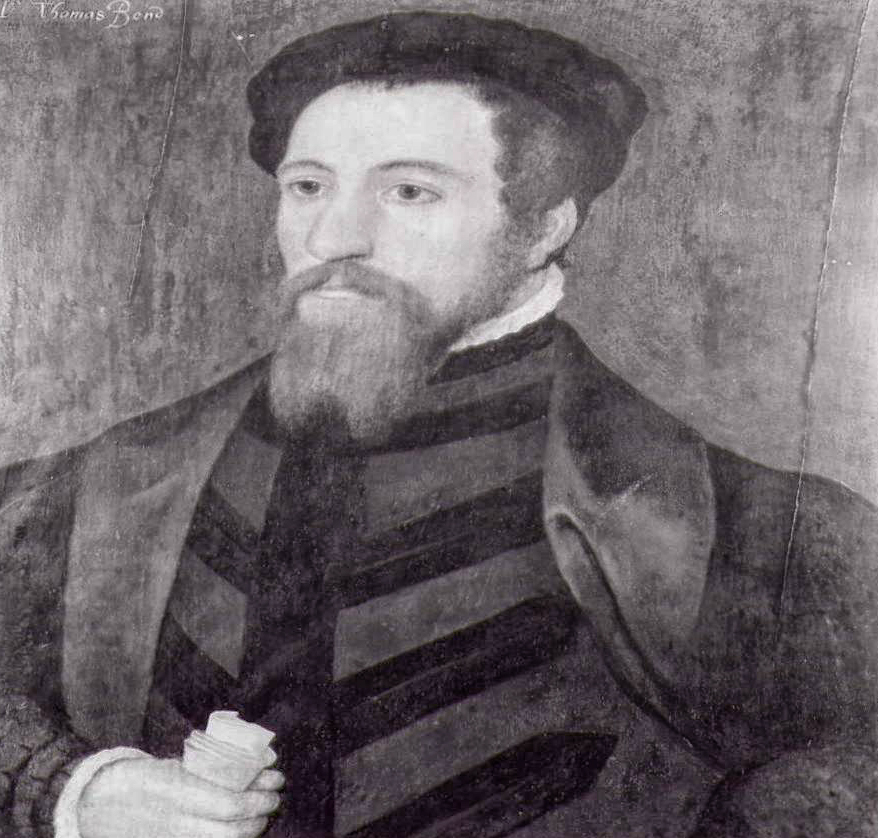
Thomas Bond
At the beginning of the 16th Century Coventry was the fourth largest City in the country after London, Bristol and York. It was a significant religious centre with four monastic houses within the city wall. There was the great Benedictine monastery and the Franciscans, Carmelites and Carthusians all had centres here. There was also the hospital of St. John, a school reputedly founded by the Black Prince, and a leper hospital.Being at the heart of the road network it had become an important centre of the woollen trade, manufacturing and exporting wool and textiles to the continent and its markets and fairs attracting trade from many areas.
Two of the City’s most prosperous merchants, who had been Mayors of the city in successive years and whose families were linked by marriage, each in their wills left estates to found almshouses for the benefit of members of the prestigious Trinity Guild who had fallen on hard times. Thomas Bond’s bedehouse was founded in Hill Street in 1506 for ten poor men and a woman to ‘dress their meat’. In 1509 William Ford’s Hospital and Chantry was built in Greyfriars’ Lane and accommodated six poor men and their wives. Over the years Bond’s came to house only men and Ford’s only women. Both now have a happy mix of both.
During World War II, Bond’s Hospital was only damaged superficially but Ford’s suffered a direct hit from a high explosive bomb which killed six of the residents and the matron. The building was partly destroyed but was restored in 1953 after a public appeal.
In recent years programmes of modernisation and development have been carried out.In the early 1970’s the little cells in Bond’s Hospital were converted into bed sits and 10 new flats were added in 1985. With the help of the Housing Corporation, Bond’s Court was built in Hill Street with 27 self-contained apartments.This was opened in 1985 by Princess Diana. Most recently Bond’s Tudor building and the ‘70’s extension have been upgraded and a fine new wing added making 42 flats in total.

